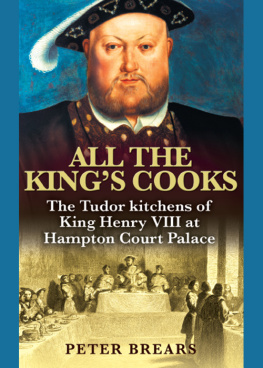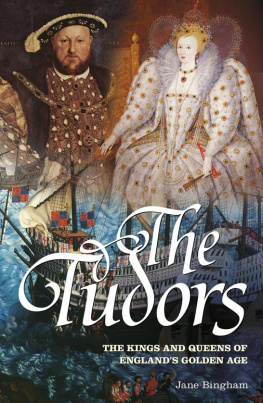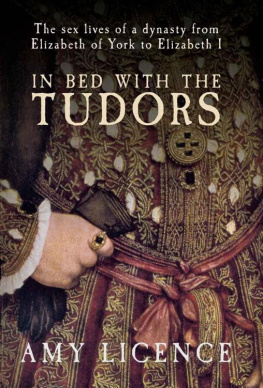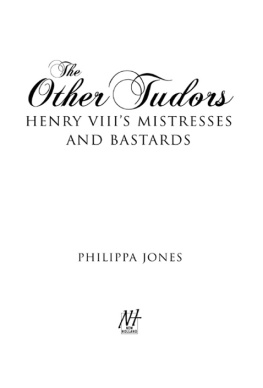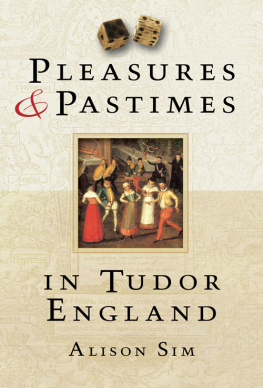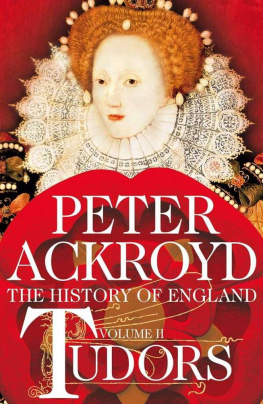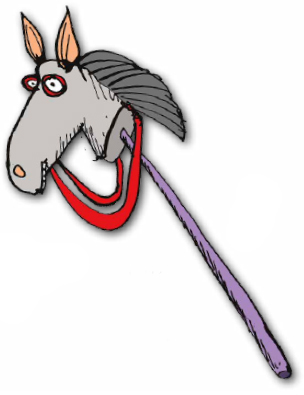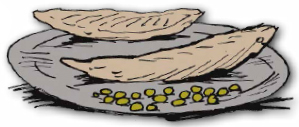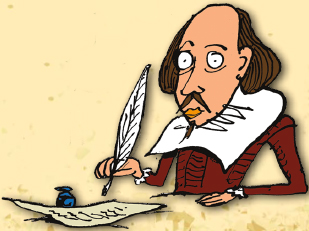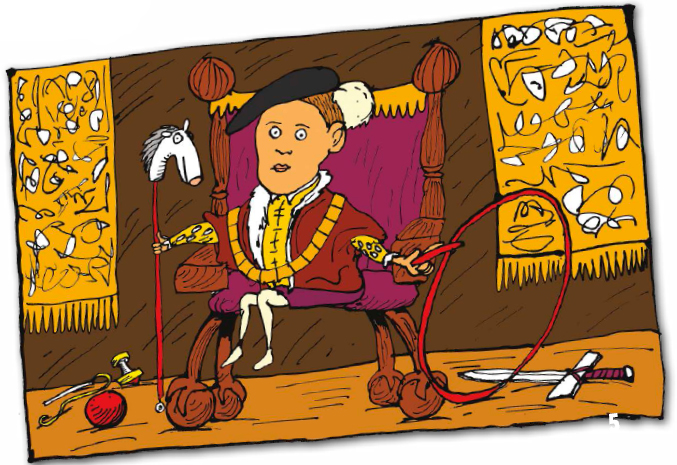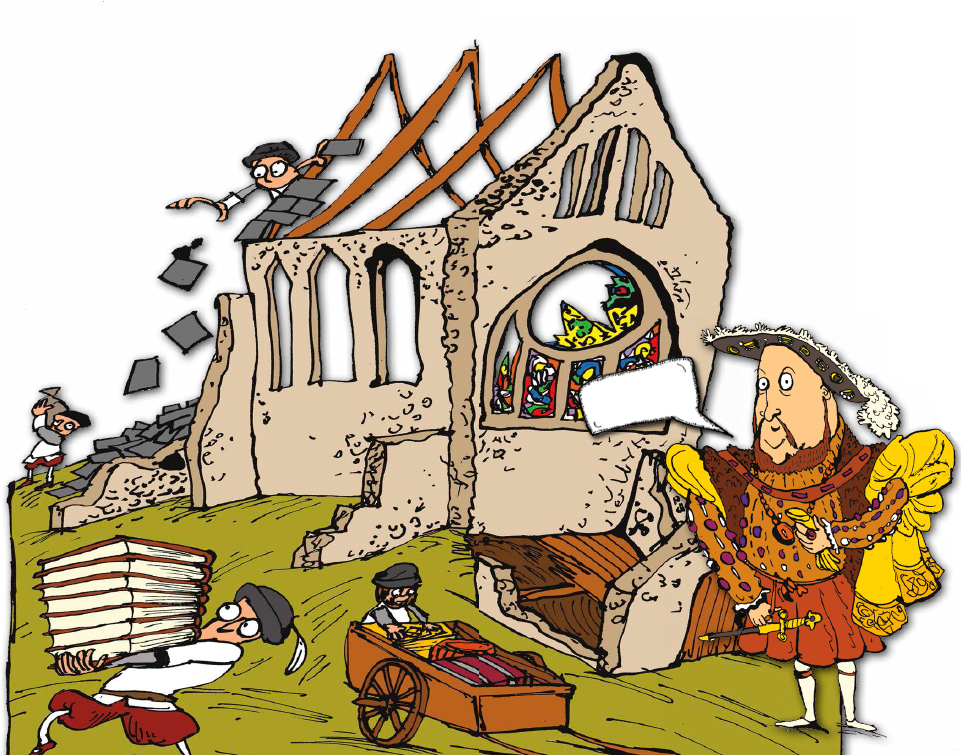
Please visit our website, www.garethstevens.com.
For a free color catalog of all our high-quality books, call toll-free 1-800-542-2595 or fax 1-877-542-2596.
Library of Congress Cataloging-in-Publication Data
Hepplewhite, Peter.
Royals, rebels, and horrible headchoppers: a bloodthirsty history of the terrifying Tudors! / by Peter Hepplewhite.
p. cm. (Awfully ancient)
Includes index.
ISBN 978-1-4824-3129-2 (pbk.)
ISBN 978-1-4824-3132-2 (6 pack)
ISBN 978-1-4824-3130-8 (library binding)
1. Great Britain History Tudors, 1485 - 1603 Juvenile literature. 2. Great Britain Social life and customs 16th century Juvenile literature. I. Hepplewhite, Peter. II. Title. DA315.H47 2016
941.05 d23
Published in 2016 by
Gareth Stevens Publishing
111 East 14th Street, Suite 349 New York, NY 10003
Copyright 2016 Wayland /Gareth Stevens
Senior editor: Julia Adams
Illustrator: Tom Morgan-Jones
Designer: Rocket Design (East Anglia) Ltd.
All rights reserved. No part of this book may be reproduced in any form without permission from the publisher, except by reviewer.
Manufactured in the United States of America
CPSIA compliance information: Batch #CS15GS.
For further information contact Gareth Stevens, New York, New York at 1-800-542-2595.
Whats this sketchy looking character up to? Find out on !
Too young for a real horse? Then why not saddle up one of these? See .
Would sir like a side order of scurvy with his dried cod and dried peas? Read all about meals at sea on .
Contents
Chopped off hands and feet? A heart bleeding into a cup? See p. 10 for explanations!
Raucous Royals
Monasteries and Martyrs
Willful Wives
Riotous Rebels
A Tudor Childhood
Plague Streets
Creepy Crimes and Criminals
Food and Famine
Mad Medicines
Wise Men and Witches
All at Sea
Perilous Pastimes
Passionate Plays
Glossary
More Information
Index
A book about the Tudors wouldnt be complete without the Bard.
RAUCOUS ROYALS
From 1485 to 1603, England was ruled by the Tudor dynasty: one family that held on to power for 118 years. They won the throne in a bloodthirsty battle and were ready to use force to keep it.
The message was: Dont mess with the Tudors!
Richard III
(reigned 1483-1485)
Richard was the last Plantagenet king. He was killed at the Battle of Bosworth in 1485 fighting the armies of Henry Tudor. This was the last battle of the Wars of the Roses, a struggle that had lasted over 30 years.
Henry VII
(reigned 1485-1509)
Henry strengthened the hold of the Tudors by marrying Elizabeth of York, uniting the Lancaster and York families.
Henry VIII
(reigned from 1509-1547)
Henry was desperate for a son and was always short of money. He tried to solve both problems by divorcing Catherine of Aragon, getting rid of the Catholic Church, and setting up the Protestant Church of England.
Edward VI
(reigned 1547-1553)
Edward was only nine when he became King. Edward and his advisers kept the Church of England but tragically Edward died when he was only 15.
Mary I
(reigned 1553-1558)
Mary tried to bring back Catholicism and married King Philip of Spain (the leading Catholic country). Hundreds of Protestants were burned at the stake.
Elizabeth I
(reigned 1558-1603)
Elizabeth tried to end fights over religion, but faced several Catholic plots to overthrow her. England became a great trading nation and sea power. The navy was able to fight off the mighty Spanish Armada in 1588.
TERRIFYING TUDORS
Really Royal Deaths
Even kings and queens didnt live long in Tudor times
Richard III Killed by blows to the head with a halberd, aged 33 Henry VII Died of tuberculosis, aged 52
Henry VIII Died of kidney and liver failure, aggravated by huge leg ulcers, aged 55
Edward VI Died of tuberculosis, aged just 15, but rumors said he was poisoned
Mary l Died during a flu epidemic, but had ovarian cancer too, aged 42
Elizabeth I Possibly died from blood poisoning caused by her lead-based makeup, aged 69
Some may argue that Edward VI was a little young for the throne
Monasteries
and
Martyrs
Zounds!
The abbot of Glastonbury, Richard Whiting, refused to surrender his monastery to the King in 1539. He was executed on a trumped-up charge of robbery.
In 16th century Europe, everyone was Christian, but they were having one VERY BIG argument are you a Catholic or Protestant Christian? People were prepared to die to defend their beliefs.
Religious revolution
Now read carefully, this bit is complicated: at first, Henry VIII was a devout Catholic. The Pope even gave him the title Defender of the Faith the Catholic faith. But in 1529, the Pope refused to grant Henry a divorce from his first wife, Catherine of Aragon. Henry was so furious he decided to break away from the Catholic Church. In 1533, Henry made himself head of the new Church of England, divorced Catherine and married Anne Boleyn. This upheaval is called the Reformation and among the big losers were the monasteries.
Monasteries
The monasteries were communities of monks and nuns, some of them very wealthy. To make sure they didnt back the Pope and to get his hands on their money Henry plotted to shut them down.
Between 1536 and 1540, about 850 monasteries were seized by Henrys officials. More than 12,000 monks and nuns were forced to leave, but most were given pensions, so they wouldnt join rebellions against the King. Monastery lands and buildings were rented cheaply to nobles who supported Henry.
A roasting
Henry paid off all his debts with money from the monasteries, but set off years of strife. His eldest daughter, Queen Mary, tried to bring back Catholicism. A shocking 283 Protestants who refused to change were burned at the stake during her short reign.
Next page





